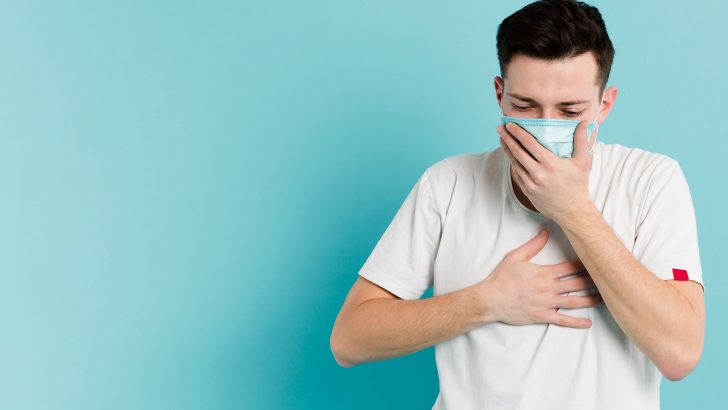Medical Matters
The coronavirus has taken centre stage and dominated daily news headlines as the number of cases and countries affected continues to rise. To date, over 3000 deaths have occurred globally but this is small compared to the fatality due to seasonal influenza which can be as high as 500,000 annually. Fears and concerns in some quarters may be exaggerated but what’s undeniable is the uncertainty around what health impact the virus will have over the coming months.
SARS-CoV-2 as the virus is officially known gives rise to the clinical disease now called Covid-19. It belongs to the coronavirus family which causes the common cold and also resulted in SARS and MERS. Unlike the latter two outbreaks, this virus has a lower mortality but higher infectivity affecting a greater number of people and thereby causing more deaths.
To date, over 100,000 cases have been confirmed with about 85% of infections occurring in China, 6.3% in South Korea and the bulk of the remainder in Iran and Italy. Over 80 countries have been affected and as of last week there were over a dozen cases in the Republic of Ireland, with at least one resulting from person to person spread within the country.
The incubation period ranges from 2-14 days with about 50% developing symptoms four days after infection. In about 85% of cases symptoms are mild and include dry cough, shortness of breath, fever and muscle aches. However, in up to 15% of those affected it is more severe and about 5% may require critical care
So how contagious is the virus? The virus is spread by droplets which can enter via the nose, mouth and also probably the eyes. After coughing, other people may breathe in the virus or it may land on surfaces they touch. It is believed the virus can live outside the human body for up to several hours. In some patients who are infected but who have not yet developed symptoms it is possible that they may shed the virus and pose a risk to others. However, this remains unclear and in at least the vast majority of cases transmission occurs only from those with symptoms.
It’s estimated that of those infected, the virus will pass to an average of 2.2 other people. But how does this compare to the flu? Well, it appears to be at least as contagious. On the Japanese cruise ship that was quarantined nearly 20% of people became infected.
But what about the mortality due to Covid-19? Mortality rates may been over estimated as many people with mild symptoms are not diagnosed. The overall mortality from infection has been cited as 3.4% by the WHO but appears to vary by location and is predominantly in older adults. For example, the mortality rate for those aged 10-39 has been reported as 0.2%, rising to 3.6% in those between 60-69 and up to 14.8% in those who are aged 80 or more. A big driver of this are the pre-existing lung and heart conditions, diabetes and cancers in older adults
What are the practical measures to avoid picking it up? Washing your hands frequently using soap and water or alcohol based rubs will kill the virus but it’s important not to miss any skin areas. In particular, hands should be washed after coughing or sneezing, when preparing food or when in contact with those who are sick. When coughing or sneezing too, make sure to use tissues and dispose of them promptly. In general, avoid touching your face, mouth or nose with your hands. It’s also sensible to avoid non-essential travel to areas where there are major outbreaks.
There are no specific treatments for the virus but there are case reports of anti-virals used with apparent success. For example, the drug remdesivir was found to be helpful in one case in the US and ritonavir used to treat HIV was found to lower virus levels. Already there are over 100 trials registered in China that will test potential treatments.
But why so much concern when the flu is a bigger killer? For example, the flu is responsible for between 200-500 deaths each year in Ireland. Despite this, mortality of those infected with this coronavirus appears to be greater and it might be just as contagious. We don’t have a vaccine to protect those at higher risk, particularly older adults.
But what is really driving the clampdown is the uncertainty and fear of the unknown with this virus. Unlike the flu which is predictable, peaking in the winter and cases fading in the months after, it remains to be seen what course SARS-CoV-2 will take and how long it will persist. No doubt, there has been a bit of a flurry and in some case an overreaction, but for now trying our best to contain the virus is the best strategy.
Dr Kevin McCarroll is a Consultant Physician in Geriatric Medicine, St James’s Hospital, Dublin.


 Dr Kevin McCarroll
Dr Kevin McCarroll
